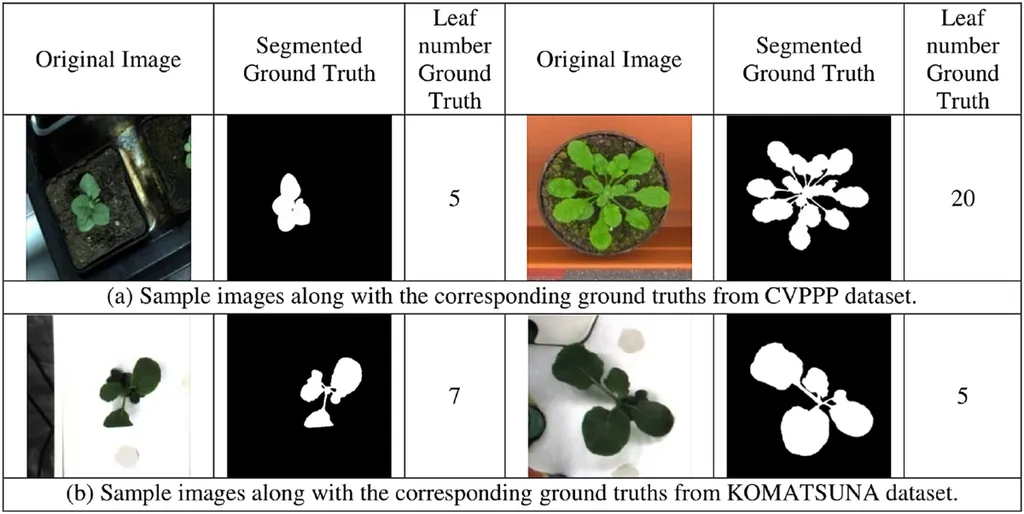In the ever-evolving landscape of precision agriculture, a groundbreaking development has emerged from the intersection of deep learning and plant phenotyping. Researchers have introduced MRSliceNet, a novel deep learning framework designed to tackle the persistent challenges of leaf segmentation in plant point clouds. This innovation, published in the journal ‘Plants’, holds significant promise for automating plant phenotyping, a critical process in crop breeding and precision agriculture.
Traditional methods of leaf measurement are not only labor-intensive but also destructive. The advent of 3D sensing technologies like LiDAR has provided high-resolution point clouds, but the automatic segmentation of leaves from these clouds has been hindered by occlusion, geometric similarity, and uneven point density. Enter MRSliceNet, a framework inspired by human visual cognition, which integrates three key components: the Multi-scale Recursive Slicing Module (MRSM), the Context Fusion Module (CFM), and the Instance-Aware Clustering Head (IACH).
The MRSM is designed for detailed local feature extraction, while the CFM combines local and global features through attention mechanisms. The IACH generates discriminative embeddings for precise instance separation. “Our method establishes new state-of-the-art performance,” said lead author Shan Liu from the State Key Laboratory of Climate System Prediction and Risk Management at Nanjing Normal University. “It not only produces clear boundaries and reliable instance identification but also provides an effective solution for automated plant phenotyping.”
The implications for the agriculture sector are profound. Automated plant phenotyping can significantly enhance crop breeding programs by enabling rapid and accurate assessment of plant traits. This, in turn, can lead to the development of crops with better environmental adaptability, ultimately improving yields and sustainability. “The successful implementation of MRSliceNet in real-world agricultural research pipelines demonstrates its potential to revolutionize the way we approach plant phenotyping,” Liu added.
The commercial impact of this research is substantial. By automating the phenotyping process, farmers and agronomists can make more informed decisions, optimizing resource allocation and improving overall farm management. The technology can also facilitate large-scale phenotyping studies, accelerating the breeding cycle and reducing the time and cost associated with traditional methods.
Looking ahead, the success of MRSliceNet opens up new avenues for research and development in the field of plant phenotyping. Future studies could explore the integration of MRSliceNet with other sensing technologies or the adaptation of the framework for different plant species and growth stages. As the agriculture sector continues to embrace digital transformation, innovations like MRSliceNet will play a pivotal role in shaping the future of precision agriculture.
In conclusion, the introduction of MRSliceNet represents a significant leap forward in the field of plant phenotyping. Its ability to automate the segmentation of leaves from point clouds offers a powerful tool for researchers, farmers, and agronomists alike. As the technology continues to evolve, it has the potential to transform the agriculture sector, driving efficiency, sustainability, and productivity to new heights.

